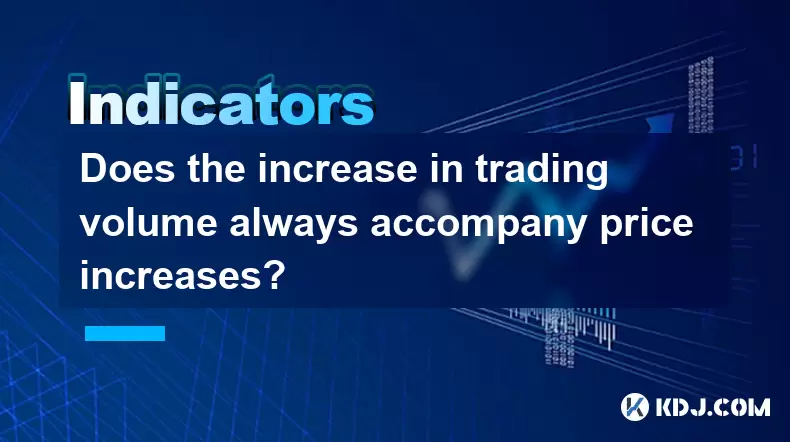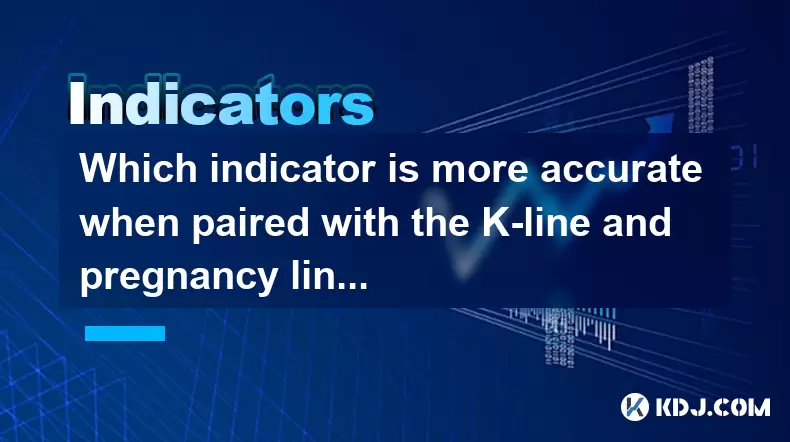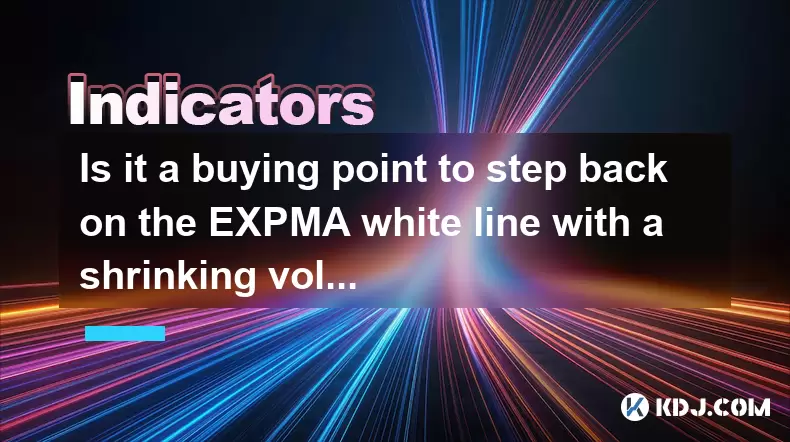-
 Bitcoin
Bitcoin $119300
1.07% -
 Ethereum
Ethereum $3730
3.87% -
 XRP
XRP $3.235
0.29% -
 Tether USDt
Tether USDt $1.000
0.00% -
 BNB
BNB $783.5
1.88% -
 Solana
Solana $188.7
0.25% -
 USDC
USDC $0.0000
-0.01% -
 Dogecoin
Dogecoin $0.2399
-0.44% -
 TRON
TRON $0.3157
2.37% -
 Cardano
Cardano $0.8254
1.94% -
 Hyperliquid
Hyperliquid $42.83
0.14% -
 Stellar
Stellar $0.4372
3.21% -
 Sui
Sui $3.859
4.91% -
 Chainlink
Chainlink $18.53
3.53% -
 Hedera
Hedera $0.2464
0.01% -
 Bitcoin Cash
Bitcoin Cash $519.8
2.46% -
 Avalanche
Avalanche $24.24
2.17% -
 Litecoin
Litecoin $113.7
0.73% -
 UNUS SED LEO
UNUS SED LEO $8.990
0.30% -
 Shiba Inu
Shiba Inu $0.00001390
0.21% -
 Toncoin
Toncoin $3.188
1.49% -
 Ethena USDe
Ethena USDe $1.001
0.02% -
 Polkadot
Polkadot $4.090
-0.91% -
 Uniswap
Uniswap $10.40
4.08% -
 Monero
Monero $326.6
3.12% -
 Bitget Token
Bitget Token $4.627
-0.42% -
 Pepe
Pepe $0.00001281
0.76% -
 Dai
Dai $1.000
0.01% -
 Aave
Aave $291.6
0.98% -
 Cronos
Cronos $0.1269
7.26%
Does the increase in trading volume always accompany price increases?
Increased trading volume in crypto doesn't always drive price gains, as market structure, manipulation, and whale activity can distort the relationship.
Jun 29, 2025 at 03:36 am

Understanding the Relationship Between Trading Volume and Price Movements
In the world of cryptocurrency trading, one common belief among novice traders is that an increase in trading volume will always lead to a rise in price. However, this assumption does not hold true in all cases. The relationship between volume and price can vary depending on market conditions, investor sentiment, and broader macroeconomic factors.
While it's true that higher trading volume often signals increased interest in a particular asset, it doesn’t necessarily mean that the price will rise. In fact, there are scenarios where volume increases significantly while the price remains flat or even declines. This dynamic must be interpreted within the context of market structure and order flow.
Volume as a Confirmation Tool, Not a Predictor
In technical analysis, trading volume is often used as a confirmation tool rather than a predictive indicator. When a cryptocurrency’s price rises alongside increasing volume, it suggests that the upward movement is supported by strong buying pressure. Conversely, if the price falls with high volume, it may indicate strong selling pressure.
However, when volume spikes without a corresponding change in price, it could point to a congestion zone or indecision among traders. For example, during periods of range-bound trading, large volumes might occur as traders buy and sell within a tight range, resulting in no significant price movement.
Market Manipulation and Fake Volume
Another critical factor to consider is market manipulation and fake volume. In the crypto market, especially on smaller exchanges, volume can be artificially inflated through wash trading or bot-generated transactions. These practices create the illusion of high liquidity and interest, but they don’t reflect genuine demand or supply dynamics.
As a result, even though volume appears high, the price may not respond accordingly because the trades aren't real. Traders should look for signs of authentic volume—such as matching bid-ask spreads and consistent depth on the order book—before making decisions based solely on volume metrics.
The Role of Institutional Activity and Whales
Large players like institutional investors and crypto whales can also distort the correlation between volume and price. These entities often execute large orders over time to avoid moving the market too quickly. During such accumulation or distribution phases, volume might remain elevated for extended periods without noticeable price changes.
For instance, if a whale is accumulating Bitcoin slowly, the exchange might show steady volume growth, but the price stays relatively stable. Similarly, during profit-taking phases, whales might offload their holdings gradually, leading to increased volume without a sharp price drop.
Timeframes and Context Matter
The timeframe being analyzed plays a crucial role in interpreting volume and price relationships. On short-term charts (e.g., 1-hour or 4-hour), a sudden surge in volume might push the price up rapidly. But on longer timeframes (e.g., daily or weekly), the same volume spike might get absorbed due to larger market forces at play.
Moreover, external events like regulatory news, macroeconomic shifts, or major exchange listings can override volume signals. For example, if a major country announces a crypto ban, prices may plummet despite rising trading volume as panic selling overwhelms buying pressure.
How to Analyze Volume Alongside Other Indicators
To make informed decisions, traders should combine volume analysis with other technical tools:
- Use moving averages to identify trends and filter out noise.
- Apply the Relative Strength Index (RSI) to gauge overbought or oversold conditions.
- Monitor on-chain metrics like active addresses and transaction counts for deeper insights.
- Watch for order book imbalances to detect potential breakouts or breakdowns.
- Compare volume across multiple exchanges to verify authenticity.
By integrating these methods, traders can better understand whether volume is supporting a price move or merely reflecting temporary volatility.
Frequently Asked Questions
Q: Can price rise without an increase in volume?
Yes, in some cases, a cryptocurrency’s price can rise with low volume, especially during periods of low market participation or thin order books. This often happens during early stages of a trend when only a few buyers are pushing the price higher.
Q: What does it mean when volume decreases while price rises?
A rising price with decreasing volume may suggest lack of conviction among buyers. It could signal a potential reversal if the uptrend isn’t supported by growing interest from the market.
Q: How can I distinguish real volume from fake volume?
Check for consistency in trade data across exchanges, monitor liquidity depth, and cross-reference with on-chain analytics platforms. Exchanges with transparent reporting and audit trails are more reliable sources.
Q: Is volume more important than price in crypto trading?
Neither is inherently more important. They should be viewed together. Price tells you what’s happening; volume tells you why. Using both provides a clearer picture of market behavior.
Disclaimer:info@kdj.com
The information provided is not trading advice. kdj.com does not assume any responsibility for any investments made based on the information provided in this article. Cryptocurrencies are highly volatile and it is highly recommended that you invest with caution after thorough research!
If you believe that the content used on this website infringes your copyright, please contact us immediately (info@kdj.com) and we will delete it promptly.
- TRON, Crypto Payroll, and Stablecoins: A New York Minute on the Future of Finance
- 2025-07-25 08:30:11
- WazirX, Revote, and Crypto Unlock: A New York Minute on the Latest Developments
- 2025-07-25 06:50:11
- Hong Kong Stablecoin Regulation: Navigating the Hype and Hurdles
- 2025-07-25 08:30:11
- Bitcoin LTHs, CDD Ratio, and Distribution: What's the Deal?
- 2025-07-25 08:50:12
- Satoshi-Era Bitcoin Whale Awakens: $469 Million in BTC on the Move
- 2025-07-25 06:30:11
- TIA Tokens, Crypto Shift & Ripple Effect: What's the Deal?
- 2025-07-25 07:10:11
Related knowledge

Should I go all in when DIF crosses DEA?
Jul 25,2025 at 12:42am
Understanding DIF and DEA in MACD AnalysisWhen traders analyze DIF and DEA in the context of the Moving Average Convergence Divergence (MACD) indicato...

Should I go all in when the upper edge of the box is broken?
Jul 25,2025 at 01:50am
Understanding the 'Box' in Cryptocurrency Price ChartsThe term 'box' in cryptocurrency trading typically refers to a price consolidation range where t...

Should I go all in when the parabolic turning signal appears?
Jul 25,2025 at 06:36am
Understanding the Parabolic Turning Signal in Crypto TradingThe parabolic turning signal is a technical indicator derived from the Parabolic SAR (Stop...

Should I follow up with a full position when the trading volume suddenly increases?
Jul 25,2025 at 12:28am
Understanding Sudden Increases in Trading VolumeA sudden spike in trading volume often signals heightened market activity and can indicate that new in...

Which indicator is more accurate when paired with the K-line and pregnancy line combination?
Jul 25,2025 at 05:43am
Understanding the K-Line and Pregnancy Line CombinationThe K-line, also known as the Japanese candlestick chart, is a foundational tool in technical a...

Is it a buying point to step back on the EXPMA white line with a shrinking volume?
Jul 25,2025 at 08:56am
Understanding the EXPMA Indicator and Its White LineThe Exponential Moving Average (EXPMA) is a technical analysis tool widely used in cryptocurrency ...

Should I go all in when DIF crosses DEA?
Jul 25,2025 at 12:42am
Understanding DIF and DEA in MACD AnalysisWhen traders analyze DIF and DEA in the context of the Moving Average Convergence Divergence (MACD) indicato...

Should I go all in when the upper edge of the box is broken?
Jul 25,2025 at 01:50am
Understanding the 'Box' in Cryptocurrency Price ChartsThe term 'box' in cryptocurrency trading typically refers to a price consolidation range where t...

Should I go all in when the parabolic turning signal appears?
Jul 25,2025 at 06:36am
Understanding the Parabolic Turning Signal in Crypto TradingThe parabolic turning signal is a technical indicator derived from the Parabolic SAR (Stop...

Should I follow up with a full position when the trading volume suddenly increases?
Jul 25,2025 at 12:28am
Understanding Sudden Increases in Trading VolumeA sudden spike in trading volume often signals heightened market activity and can indicate that new in...

Which indicator is more accurate when paired with the K-line and pregnancy line combination?
Jul 25,2025 at 05:43am
Understanding the K-Line and Pregnancy Line CombinationThe K-line, also known as the Japanese candlestick chart, is a foundational tool in technical a...

Is it a buying point to step back on the EXPMA white line with a shrinking volume?
Jul 25,2025 at 08:56am
Understanding the EXPMA Indicator and Its White LineThe Exponential Moving Average (EXPMA) is a technical analysis tool widely used in cryptocurrency ...
See all articles

























































































